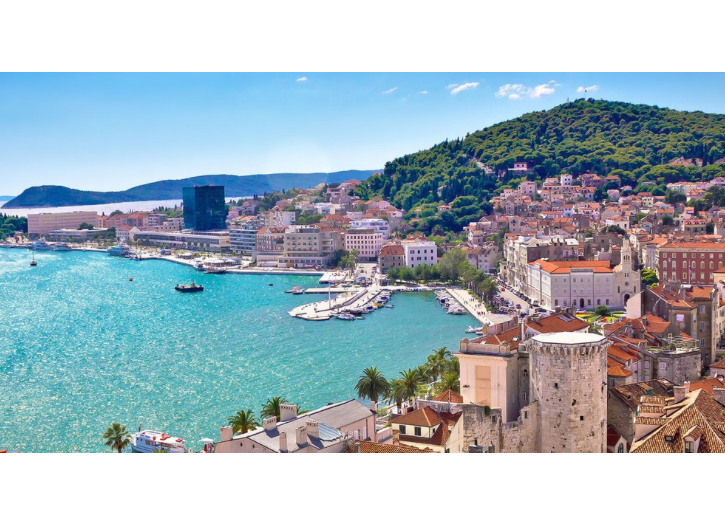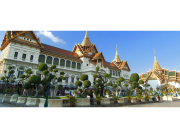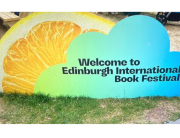Croatia, officially the Republic of Croatia, is a country in Central and Southeast Europe, on the coast of the Adriatic Sea. It borders Slovenia to the northwest.
Croatia is a developed country with an advanced high-income economy. Service, industrial sectors, and agriculture dominate the economy. Tourism is a significant source of revenue for the country, with nearly 20 million tourist arrivals as of 2019. Since the 2000s, the Croatian government has heavily invested in infrastructure, especially transport routes and facilities along the Pan-European corridors. Croatia provides social security, universal health care, and tuition-free primary and secondary education while supporting culture through public institutions and corporate investments in media and publishing.
Because of its geographical position, Croatia represents a blend of four different cultural spheres. It has been a crossroads of influences from Western culture and the East since the schism between the Western Roman Empire and the Byzantine Empire, and also from Central Europe and Mediterranean culture. The Illyrian movement was the most significant period of national cultural history, as the 19th century proved crucial to the emancipation of Croatians and saw unprecedented developments in all fields of art and culture, giving rise to many historical figures.
The Ministry of Culture is tasked with preserving the nation’s cultural and natural heritage and overseeing its development. Further activities supporting the development of culture are undertaken at the local government level. UNESCO’s World Heritage List includes ten sites in Croatia and a list of Intangible Cultural Heritage of Croatia. The country is also rich with intangible culture and holds 15 of UNESCO’s World’s intangible culture masterpieces, ranking fourth in the world. A global cultural contribution from Croatia is the necktie, derived from the cravat originally worn by the 17th-century Croatian mercenaries in France.
In 2019, Croatia had 95 professional theatres, 30 professional children’s theatres, and 51 amateur theatres visited by more than 2.27 million viewers per year. Professional theatres employ 1,195 artists. There are 42 professional orchestras, ensembles, and choirs, attracting an annual attendance of 297 thousand. There are 75 cinemas with 166 screens and an attendance of 5.026 million. Croatia has 222 museums, visited by more than 2.71 million people in 2016. Furthermore, there are 1,768 libraries, containing 26.8 million volumes, and 19 state archives. The book publishing market is dominated by several major publishers and the industry’s centrepiece event—the Interliber exhibition held annually at the Zagreb Fair.
Besides the architecture encompassing the oldest artworks, there is a history of artists in Croatia reaching the Middle Ages. In that period, the stone portal of the Trogir Cathedral was made by Radovan, representing the most important monument of Romanesque sculpture from Medieval Croatia. The Renaissance had the greatest impact on the Adriatic Sea coast since the remainder was embroiled in the Hundred Years’ Croatian–Ottoman War. With the waning of the Ottoman Empire, art flourished during the Baroque and Rococo. The 19th and 20th centuries brought affirmation of numerous Croatian artisans, helped by several patrons of the arts such as bishop Josip Juraj Strossmayer.[341] Croatian artists of the period achieving renown were Vlaho Bukovac, Ivan Meštrović, and Ivan Generalić.
The Baška tablet, a stone inscribed with the glagolitic alphabet found on the Krk island and dated to c. 1100, is considered to be the oldest surviving prose in Croatian. The beginning of the more vigorous development of Croatian literature is marked by the Renaissance and Marko Marulić. Besides Marulić, Renaissance playwright Marin Držić, Baroque poet Ivan Gundulić, Croatian national revival poet Ivan Mažuranić, novelist, playwright, and poet August Šenoa, children’s writer Ivana Brlić-Mažuranić, writer and journalist Marija Jurić Zagorka, poet and writer Antun Gustav Matoš, poet Antun Branko Šimić, expressionist and realist writer Miroslav Krleža, poet Tin Ujević and novelist and short story writer Ivo Andrić are often cited as the greatest figures in Croatian literature.
Croatian music varies from classical operas to modern-day rock. Vatroslav Lisinski created the country’s first opera, Love and Malice, in 1846. Ivan Zajc composed more than a thousand pieces of music, including masses and oratorios. Pianist Ivo Pogorelić has performed across the world.
Photo Credit: Explore Worldwide







Add Comment
You must be logged in to post a comment.